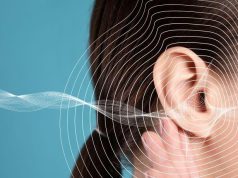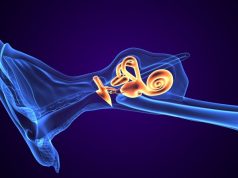Subgroups can be identified by specific clinical features, with patients diagnosed with ear infections more likely to be in cluster 1
By Elana Gotkine HealthDay Reporter
TUESDAY, Feb. 6, 2024 (HealthDay News) — Meniere disease is a heterogeneous condition with subgroups characterized by specific clinical features, according to a study published online Jan. 6 in The Laryngoscope.
John Phillips, Ph.D., from the Norfolk and Norwich University Hospitals NHS Foundation Trust in the United Kingdom, and colleagues conducted an observational study involving patients with Meniere disease to identify distinct clinical subtypes. Four hundred eleven patients were recruited into the study.
The researchers identified two main clusters: Cluster 1 was more likely to include patients diagnosed with ear infections (odds ratio, 0.30), while those reporting tinnitus in both ears, low pitched tinnitus, and stress as a trigger for vertigo attacks were significantly more likely to be in cluster 2 (odds ratios, 11.89, 21.09, and 14.94, respectively). Clustering in cluster 2 was significantly more likely for those diagnosed with benign paroxysmal positional vertigo, autoimmune disease, depression, migraines, drug allergy, and hay fever (odds ratios, 13.14, 5.97, 4.72, 3.13, 3.25, and 3.12, respectively).
“Appreciating how Meniere’s disease may exist as a spectrum of clinical subtypes is key to directing further research into its underlying pathophysiologic mechanisms, to the targeting of specific treatment strategies, and to permitting a better understanding of the physiology of the inner ear microenvironment,” the authors write.
Abstract/Full Text (subscription or payment may be required)
Copyright © 2024 HealthDay. All rights reserved.








